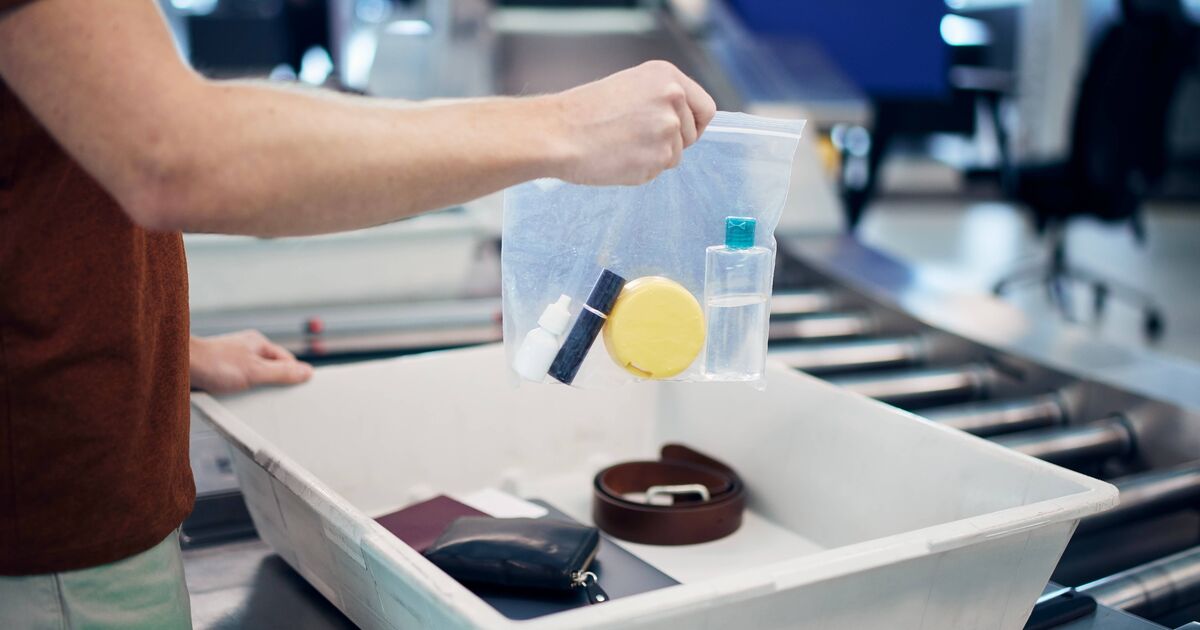

Ever wondered what becomes of the liquids confiscated at the airport?
There are numerous reasons why you might be flagged by security – from neglecting to empty old backpacks to failing to finish your water bottle before the scanning process.
However, Southend Airport has revealed the fate of items left behind. The Essex Is United Facebook page featured a staff member with a trolley brimming with such items.
The post read: "Ever wondered what happens to oversized liquids that are confiscated or removed at security at London Southend Airport?"
"This is just ONE delivery that the airport recently made to homelessness charity HARP in Southend during the heatwave. Water, juice, food items, and more were dropped off".
HARP is the leading homeless charity in Southend, offering housing, advice, and support to more than 1,000 individuals annually. It's certainly a cause worth supporting.
While it can be irksome when your belongings are seized, it's comforting to know that your loss is contributing to a charitable cause.
In the comments section, passengers expressed confusion and annoyance about their oversized liquids being confiscated.
Some also queried what happens to all the "high-end cosmetics and perfumes" that are seized if they catch people out.
Many have commended the airport for repurposing confiscated liquids instead of simply discarding them, while some commenters robustly defended the airport against the backlash.
An individual queried in the comments: "Why so many negative comments? These rules have been in place for years. How many liquids do you all need for a two hour flight?"
"The airport security would rather everyone pass through with ease and not have to search through some of your bags with dirty clothes in them".
The ban on large quantities of liquids at airports is fundamentally a safety precaution. The policy was introduced in 2006 after a thwarted terrorist plot involving liquid explosives intended for aeroplanes.
Consequently, limits have been established regarding the volume and type of liquids that can be carried in hand luggage.
The regulation mandates that liquids must be in containers no larger than 100 millilitres, and they should be placed within a transparent, sealable plastic bag.
This helps to streamline the check process for security officers and helping prevent potential risks of explosive materials being brought aboard aircraft.
These measures are put in place with the intention of safeguarding passengers and preserving the integrity of air safety.
However, some have shared worries about what all these plastic bags are doing to the environment.
Some airports have implemented advanced screening technologies that allow travellers to keep their liquids in their bags during checks. Just make sure you check the rules before you head to the airport.